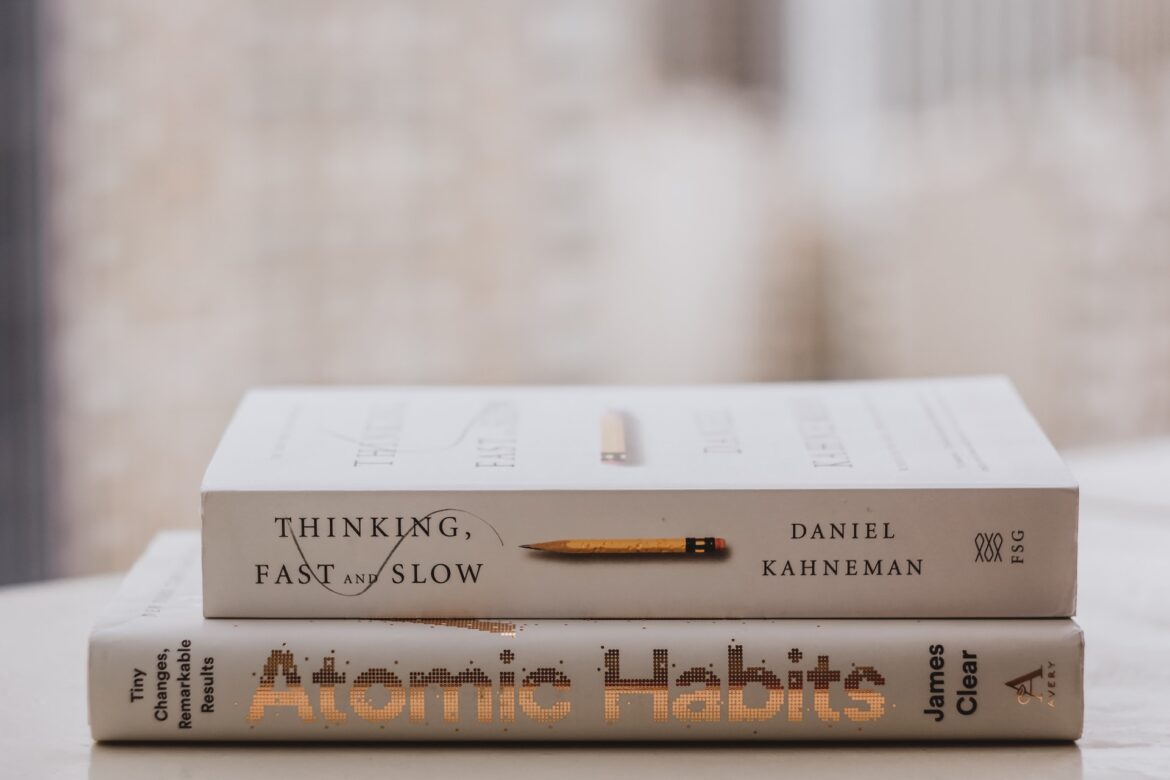“Every action you take is a vote for the type of person you wish to become.” – James Clear, Atomic Habits
Atomic Habits by James Clear is a powerful book that provides practical advice for building good habits and breaking bad ones. One of the key ideas in the book is the concept of “habit stacking,” which involves linking a new habit with an existing one to make it easier to adopt. In this blog, we’ll explore how real-life experiences can demonstrate the effectiveness of habit stacking, as well as how the distinction between “want” and “need” can help us create good habits.
Habit Stacking in Real Life
One example of habit stacking comes from the experience of a friend of mine who struggled to maintain a consistent exercise routine. Despite her best efforts, she found it difficult to motivate herself to exercise regularly. However, by linking exercise to an existing habit, she was able to make it a regular part of her routine. She started doing ten minutes of yoga immediately after brushing her teeth in the morning, and gradually increased the duration and intensity of her workouts. Now, exercise has become an integral part of her morning routine, and she no longer struggles to motivate herself to do it.
Another example comes from the experience of a colleague who wanted to start meditating regularly but struggled to find the time. By stacking meditation onto his existing habit of drinking tea in the morning, he was able to create a consistent meditation practice. He now meditates for ten minutes each morning immediately after making his tea. By linking the two habits, he has been able to make meditation a regular part of his daily routine.
Want vs. Need
Another important concept in Atomic Habits is the distinction between “want” and “need” when it comes to habit formation. James Clear argues that we should focus on creating habits that we need rather than just those that we want. This means identifying the habits that will have the greatest impact on our lives and making them a priority, even if they are not the most enjoyable or immediately rewarding.
For example, if you want to improve your health, you may need to adopt the habit of eating more vegetables even if you don’t necessarily want to. By focusing on the long-term benefits of the habit, such as improved energy, better digestion, and reduced risk of disease, you can motivate yourself to make it a regular part of your routine.
In contrast, focusing solely on what you want can lead to short-term thinking and a lack of motivation when results are not immediately apparent. By focusing on what you need, you can create habits that will have a lasting impact on your life.
Habit stacking and the distinction between “want” and “need” can be powerful tools for creating good habits. By linking new habits to existing ones and focusing on the habits that will have the greatest impact on our lives, we can make it easier to adopt new behaviors and create lasting change. By incorporating these concepts into our daily routines, we can build habits that will help us achieve our goals and live our best lives.
